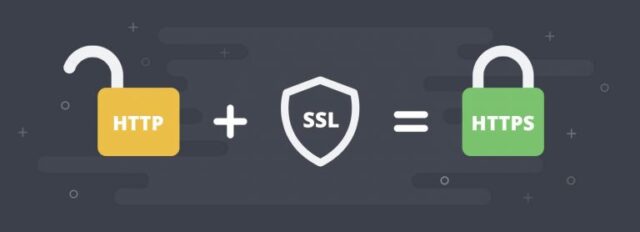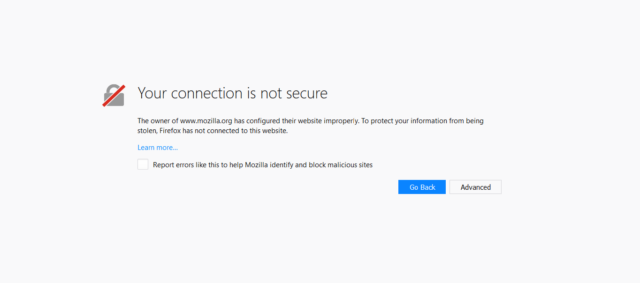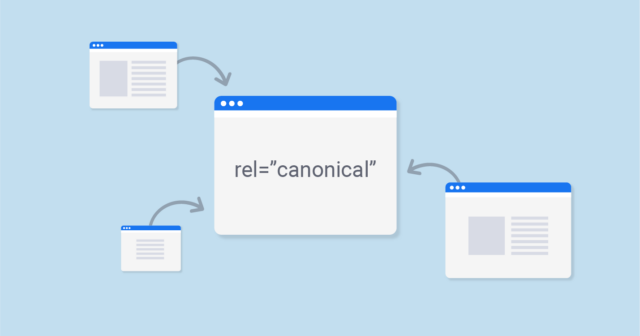
If you still haven’t secured your website with an SSL certificate, then you’re behind the times — and your data is at risk. There are plenty of reasons to do it now, and not many valid excuses for putting it off. In this article, we will discuss the importance of migrating your site from HTTP to HTTPS, and we will give you some tips on making that happen. The important thing is that you act now to protect your confidential information.
14What is HTTPS?

The difference between the spelling HTTP and HTTPS is only a single letter, but it’s an important one. The “S” stands for Secure, and it can mean the difference between the success and failure of your business. A website still using Hypertext Transfer Protocol (HTTP) and not the Hypertext Transfer Protocol Secure (HTTPS) risks infiltration, tampering, and vandalism by hackers.
HTTPS adds a layer of encryption along the communication path between a website user and the website server. Secure Sockets Layer (SSL) is a method for turning your HTTP website into HTTPS. It does this using a digital certificate that is housed on the webserver. The certificate comes from a recognized Certificate Authority (CA) as part of the Public Key Infrastructure (PKI).
13Why Migrate to HTTPS?

The most important reason to move from HTTP to HTTPS is network security. Data that travels in a tunnel that is secured by SSL is protected. Hackers use sophisticated tools like scanners and packet sniffers to search for vulnerabilities in data transmissions. Unsecured data flows leave your data wide open to pilfering and mischief. The encryption offered by SSL guards against such attacks.
Users doing business with you can do so with confidence when they see that it has HTTPS in the URL.
Securing your site with SSL will serve to verify the identity of your website. And users will know that the traffic between them and your web server is secure. You will have a better chance of getting customers when they know that your site is secure. And any business that takes credit cards would be foolish if they didn’t ensure that the transactions were secure.
It’s not only smart, but HTTPS is also practically required these days. Google has made security a ranking factor in their search algorithm. And Google Chrome now shows the warning “not secure” beside the URL of an insecure website, along with a notification:
In today’s digital world, the reputation of your website and your company depends on how confident your users are in its security.
12How Do You Set Up HTTPS with SSL?
Keep in mind that this is a guide only and not a method of procedure. There are so many website implementations out there and we just can’t address them all here. So, we will not be able to get into the nitty-gritty of all the things you may need to do to implement your SSL certificate properly on your website. You’ll need to follow up on specific issues as they arise. But we can speak in general terms.
The essential first step to securing your website with SSL is to get an SSL certificate from a trusted Certificate Authority. You may find other places online to get one, but the site we recommend is SSL2BUY. SSL2BUY is an authorized reseller of leading certificate authorities and offers a wide range of SSLs at a low cost. You have a lot of options when you buy an SSL from SSL2BUY. The process for installing the certificate will depend on the web hosting provider you choose and other factors. If you can’t decipher the specific steps on your own, you may want to consult your hosting provider. For more information visit this website.
Once the SSL certificate is on your host server, you should be able to verify that the HTTP in your URL has changed to HTTPS. But you are not done yet. There are other things to consider, and they could be a lot depending on your website configuration. As a summary of potential configuration issues, we offer this list, with some brief comments for each:
11Set up 301 redirects

When you add an SSL certificate to your website, the spelling in the URL changes from HTTP to HTTPS. Once that changes, any URL with HTTP in it will be invalid. A 301 redirect is a way to send your website visitors to the new secure URL if they initially put in the unsecure URL. Be sure to use a permanent 301 redirect rather than a temporary 302 redirect. The method for implementing 301 redirects depends on your setup, often with an update of the .htaccess file. The change might need to be done at the server or in your content management system (CMS), such as WordPress.
10Change all internal links
You’ll need to change all the internal links within your website to show HTTPS in the URL. That goes for links to images and data files as well as internal web page links. If you don’t change the links from HTTP to HTTPS, you could end up with images that don’t load and possible a “mixed content” warning.
9Ask others to change their backlinks

If your website has been around for a while and you have a network of business associates across the internet, you may have a lot of backlinks to your site. Let’s say, for instance, that you write an occasional guest blog for a fellow web entrepreneur. As part of your migration from HTTP to HTTPS, be sure to notify them in plenty of time so that they can update their backlink to your site.
8Change social media links
The same goes for social media. A lot of businesses use Facebook, Twitter, Instagram, or other social media platforms to engage with current and potential clients. Don’t forget to go in and update all the references to your website to reflect the change to HTTPS. You may even want to go back and edit some old Facebook posts, also be sure that any Facebook ads are updated.
7Update canonical tags

Sometimes a web content author finds that it’s beneficial to publish a web page in more than one place. They may republish the page on another website that they own. It may be republished with the author’s permission by another website owner because the content is interesting for their readers. To tell search engines that your web page is the master copy of that page, a canonical tag is used in the section of the webpage. Failing to update the canonical tag can cause problems for search engines. Here is an example of a canonical reference that needs to be changed to HTTPS:
6Update hard-coded links in web software
There may be website links in your content management database that are hard-coded. You will need to be sure and change these too. There may be tools for your specific CMS, such as WordPress plugins, that will ferret out these links. Or you may need to go into your file manager and do a search or find to locate them. A search for the string “http://” might do the trick. Once found, go into an editing tool and modify the link.
5Update robots.txt file
Googlebot and other search crawlers look to the robots.txt file of a website for guidance. These files can be simple or complex. The problem arises when any existing URL references are still set to HTTP instead of HTTPS. Be sure to check your robots.txt file closely.
4Update Google Analytics

This one is straightforward. Don’t forget to change the property name in Google Analytics. It should be changed from http://www.example.com to https://www.example.com.
3Update Content Delivery Network (CDN)
Getting your CDN to align with your newly secure website may take a bit of tweaking. You’ll need to make sure that your CDN and your origin website work together perfectly. This means looking at DNS records, host headers, and other such things. It’s probably best to consult with your CDN provider for specifics.
2Check Google Search Console and sitemaps
Much like Google Analytics, you’ll need to update Google Search Console to HTTPS as well. And whatever Google sitemaps that you’ve created must also reflect the changes.
1Fix any mixed content issues
Even after you’ve done all these things, you may end up with some mixed content issues or other problems that pop up sometime down the road. Keep a lookout for any errors that might be related to the SSL installation. It might help to have trusted users out there who are willing to keep you informed if anything strange comes up.
The bottom line here is that any references to your original HTTP URL (http://www.example.com) on the internet — whether internal or external — need to be changed to show HTTPS (https://www.example.com). Until this is done, you risk having links that won’t work, images that won’t load, or other kinds of issues.
Even after you have addressed everything you can think of, you may find that something that you’ve missed pops up as an issue down the road. You would probably do well to create a method of procedure or a checklist before you start your migration from HTTP to HTTPS.
Conclusion
Veteran website owners are probably already up to speed on HTTPS. But if you’re a new startup or just now getting your business online, going secure is an issue you need to grapple with. Even if you won’t be dealing with sensitive data, installing an SSL certificate on your website will give your business online credibility and a place in Google SEO rankings that you would never have with an insecure site. If your website URL doesn’t have HTTPS at the beginning, now is as good a time as any to make that happen.







